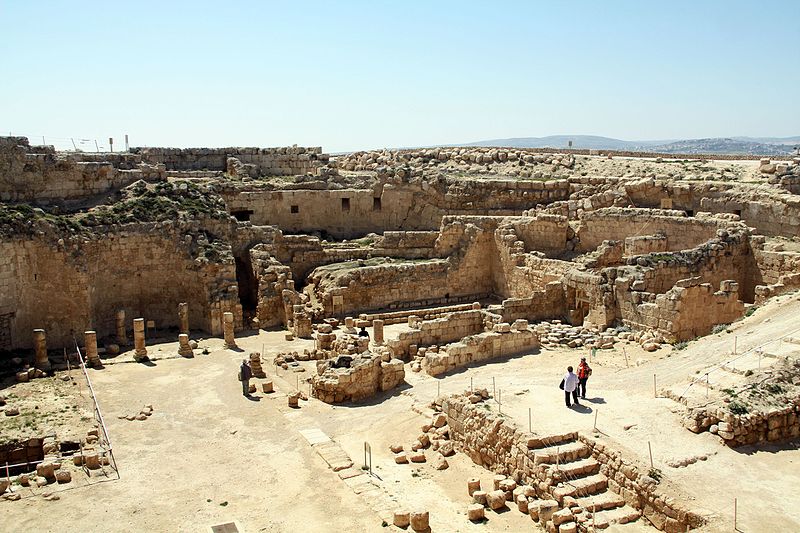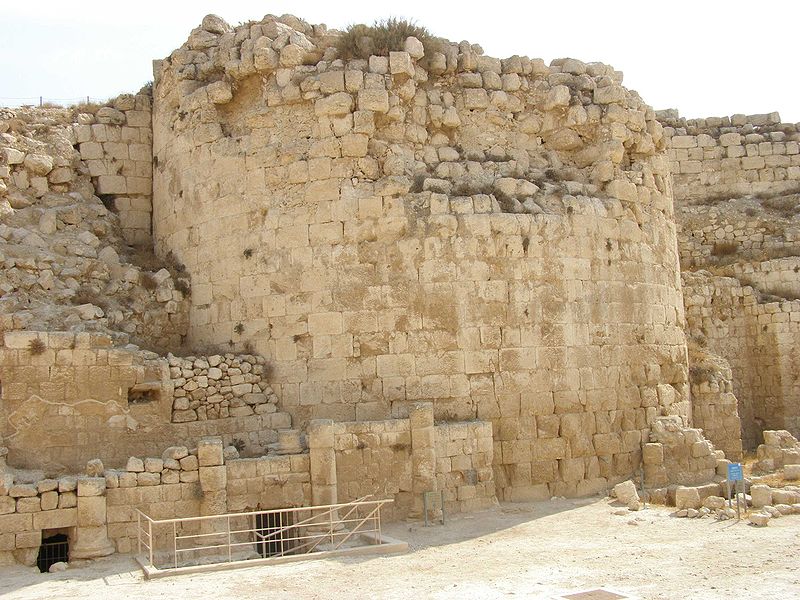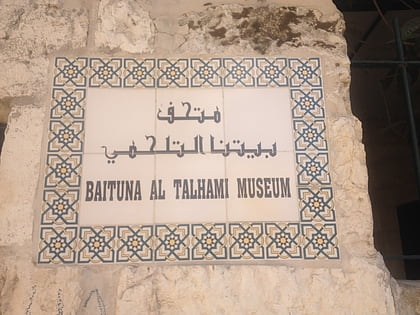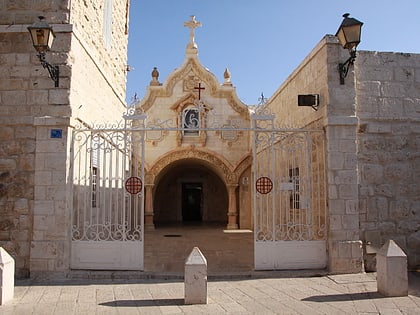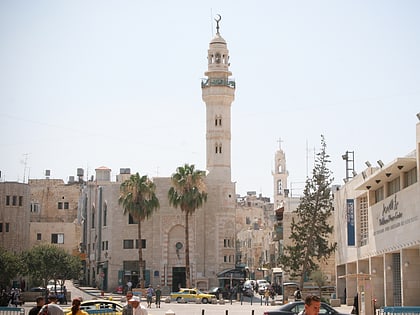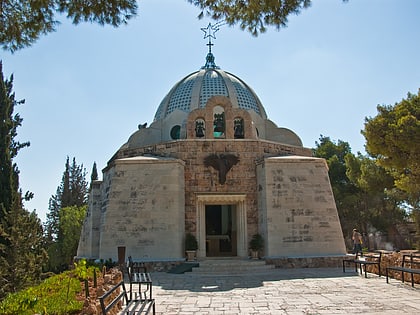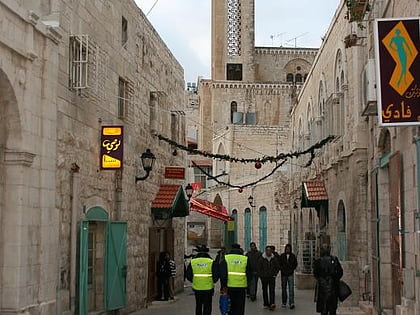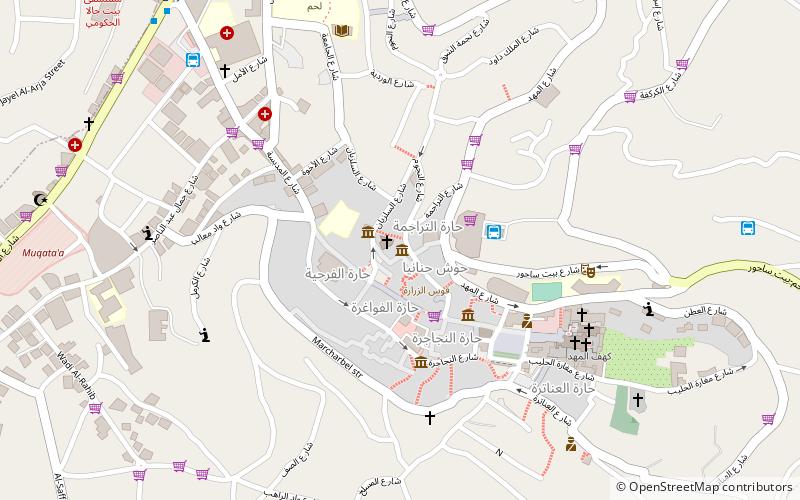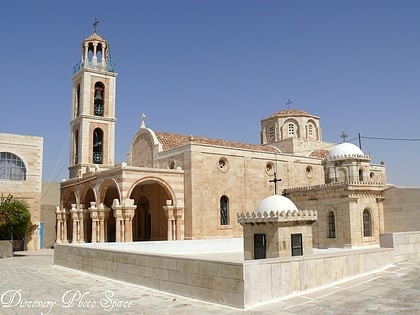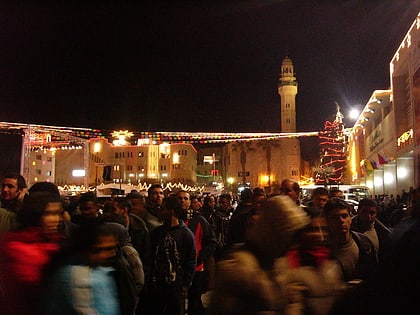Herodium
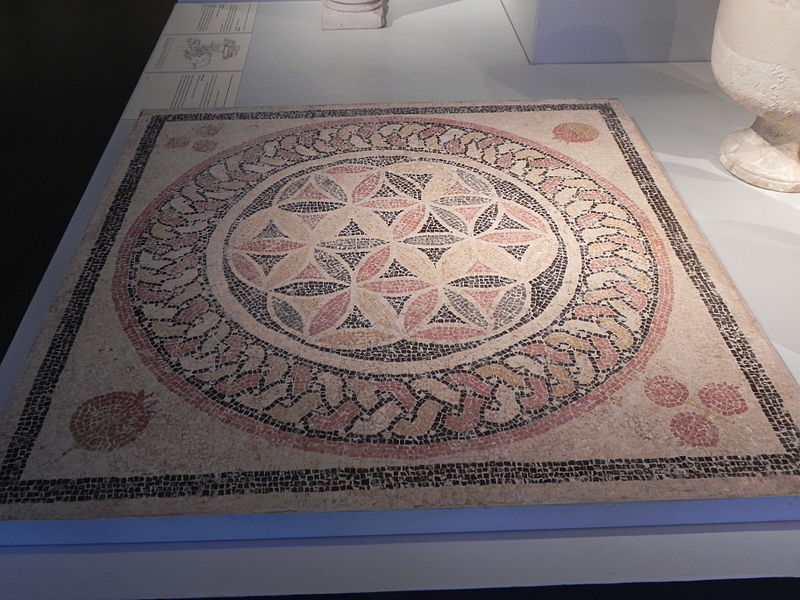
Facts and practical information
Herodium, Israel stands as a poignant memorial of ancient engineering prowess and the ambition of King Herod the Great. Located in the Judean Desert, this historical site is a fortified palace and the final resting place of its notorious namesake. Herod, who ruled Judea under the auspices of the Roman Empire from 37 to 4 BCE, constructed this architectural wonder as a testament to his reign and grandeur.
The complex, perched atop an artificial mountain, offers a panoramic view of the surrounding desert landscape. Herodium's design is unique due to its combination of a palatial fortress and a memorial mausoleum. The site features a lower complex, which includes the remains of a royal palace, a large pool, bathhouses, and lush gardens, all of which are indicative of the opulent lifestyle of Herod.
The upper part of Herodium showcases the remains of the fortress with its thick walls, towers, and an intricate system of cisterns that collected water in this arid region. The most significant discovery at Herodium is the grand mausoleum believed to be the tomb of King Herod. This finding was unveiled in 2007 by archaeologist Ehud Netzer, after a search that lasted more than three decades.
Herodium – popular in the area (distance from the attraction)
Nearby attractions include: Church of the Nativity, Rachel's Tomb, Church of Saint Catherine, Baituna al-Talhami Museum.


